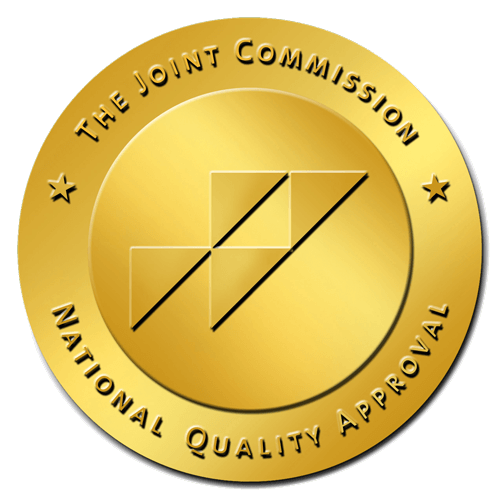What is Harm OCD?
Harm OCD is characterized by persistent, unwanted thoughts—often referred to as obsessions—that center around the fear of causing harm to self or others. These thoughts are often violent or disturbing in nature, such as fearing that they might unintentionally hurt themselves or others, even though they have no intention of doing so. The fear of causing harm is typically disproportionate to the actual risk involved.
For individuals with Harm OCD, the common core fear is losing control or being a “bad person” who might cause harm, even in the absence of any real threat. These thoughts are ego-dystonic, meaning they are in direct conflict with the person’s values, making them even more distressing. The person may feel morally repulsed by the thought of causing harm, which only amplifies the anxiety surrounding the obsession. Importantly, people with Harm OCD have no desire or intention to hurt themselves or others—they are simply terrified of the possibility of losing control.
The Cycle of Harm OCD
Like other forms of OCD, Harm OCD follows a repetitive cycle that reinforces the obsessions and compulsions over time. The cycle typically unfolds as follows:
- Intrusive Thoughts (Obsessions): The individual experiences a disturbing thought or image of harming themselves or others, such as fearing they might stab a loved one while holding a knife.
- Anxiety and Distress: The intrusive thought triggers a surge of anxiety and distress. The individual becomes terrified that they might actually cause harm, even though they have no desire to do so. This anxiety can be overwhelming and difficult to manage.
- Compulsions: To alleviate the anxiety, the person engages in compulsive behaviors. These may include checking (e.g., making sure knives or sharp objects are put away), avoiding certain situations or people (e.g., avoiding being around children or family members), or seeking reassurance from others (e.g., constantly asking loved ones if they are safe).
- Temporary Relief: The compulsive behavior may offer temporary relief from the anxiety, but it does not address the underlying fear. Instead, it reinforces the obsession, leading to more frequent and intense intrusive thoughts over time.
- Reinforcement of the Cycle: The compulsions provide only short-term relief and inadvertently strengthen the belief that the obsessive thoughts are dangerous or require intervention. This cycle of obsession, anxiety, compulsion, and temporary relief continues, often leading to increased isolation and distress.
Impact of Harm OCD on Daily Life
Harm OCD can significantly impair an individual’s ability to function in daily life. The constant fear of causing harm leads individuals to engage in avoidance behaviors, where they steer clear of situations, people, or objects they associate with danger. For example, someone with Harm OCD might avoid using knives in the kitchen, refrain from driving because of fears of hitting someone, or avoid being alone with children due to concerns of inadvertently causing harm.
This avoidance can lead to a reduced quality of life, as individuals may isolate themselves from loved ones, friends, or social activities. Relationships can also suffer, as loved ones may become frustrated or confused by the constant need for reassurance or the avoidance of certain situations. The individual may also struggle with feelings of guilt, shame, or embarrassment about their thoughts, leading to further isolation.
In addition, a heightened sense of responsibility often underpins Harm OCD. Individuals may feel as though they are personally responsible for preventing harm at all costs, leading them to engage in excessive checking, cleaning, or ritualistic behaviors to neutralize their fears. This sense of over-responsibility can cause significant stress and further intensify the cycle of OCD.
Treatment for Harm OCD: Exposure and Response Prevention (ERP)
The good news is that treatment for Harm OCD is available and effective. The most common and evidence-based approach to treating OCD is Cognitive Behavioral Therapy (CBT), with a specific focus on Exposure and Response Prevention (ERP). ERP is a therapeutic technique that helps individuals confront their feared situations or thoughts without engaging in compulsive behaviors.
In the case of Harm OCD, ERP involves exposing the individual to the situations or thoughts that trigger their obsessive fears—such as being near sharp objects, holding a knife, or imagining causing harm—while preventing them from performing their usual compulsive behaviors, such as checking or seeking reassurance. The goal of ERP is to help individuals experience the anxiety associated with the feared situation without relying on compulsions to neutralize it. Over time, the individual learns that the feared outcome does not occur, and the anxiety diminishes.
How ERP Breaks the Cycle of Harm OCD
Through exposure and response prevention, individuals are exposed to situations that provoke their intrusive thoughts in a controlled and supportive environment. At first, the exposure may be minimal (e.g., looking at a picture of a sharp object) and increase over time as the individual becomes more comfortable with tolerating the anxiety. The key is that they must refrain from engaging in compulsions during these exposures. This process allows individuals to develop psychological flexibility, meaning they can experience discomfort without feeling the need to act on it.
Over time, ERP helps reduce the intensity and frequency of the intrusive thoughts by demonstrating the individuals ability to handle anxiety, breaking the cycle of obsessions and compulsions that reinforces the disorder.


